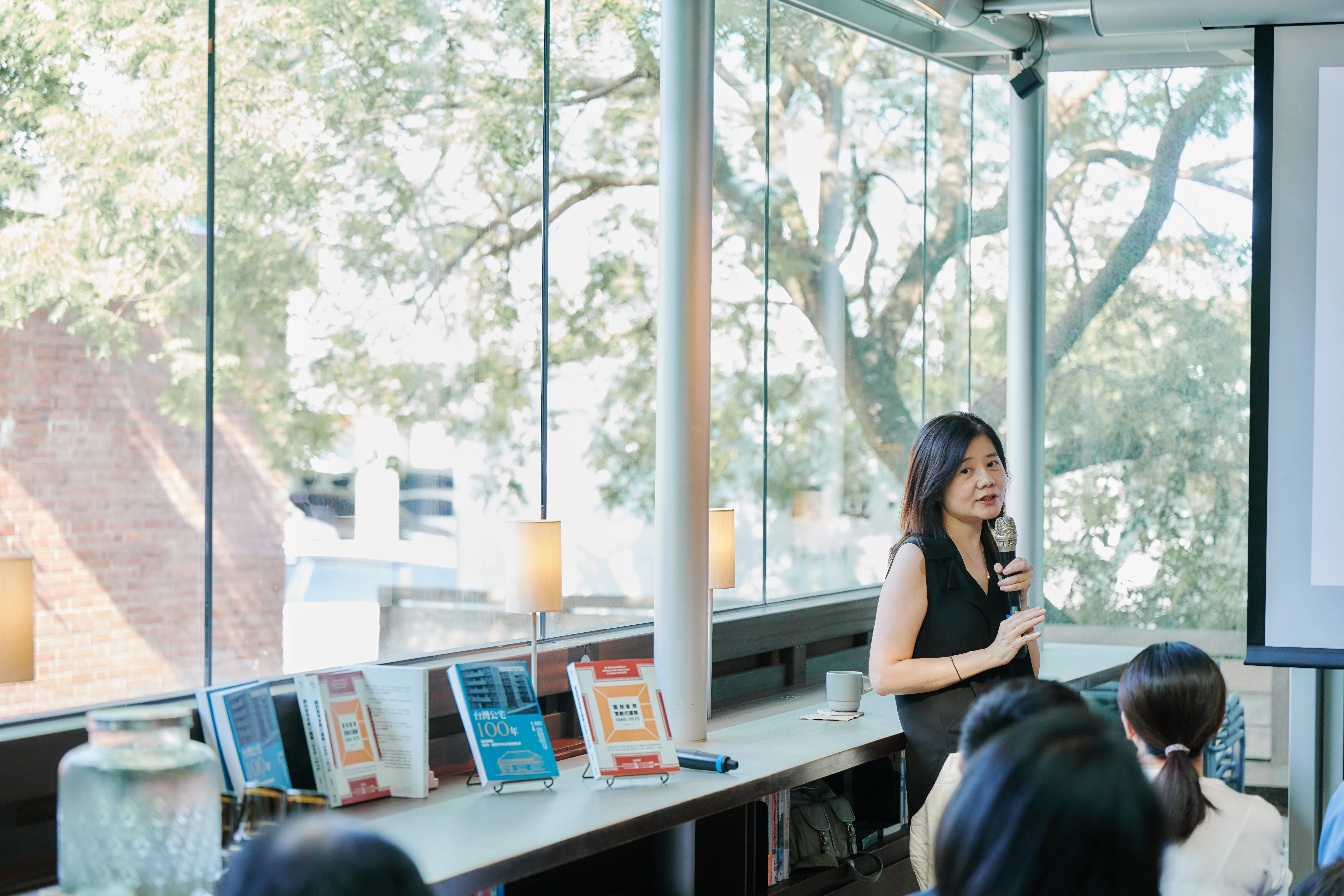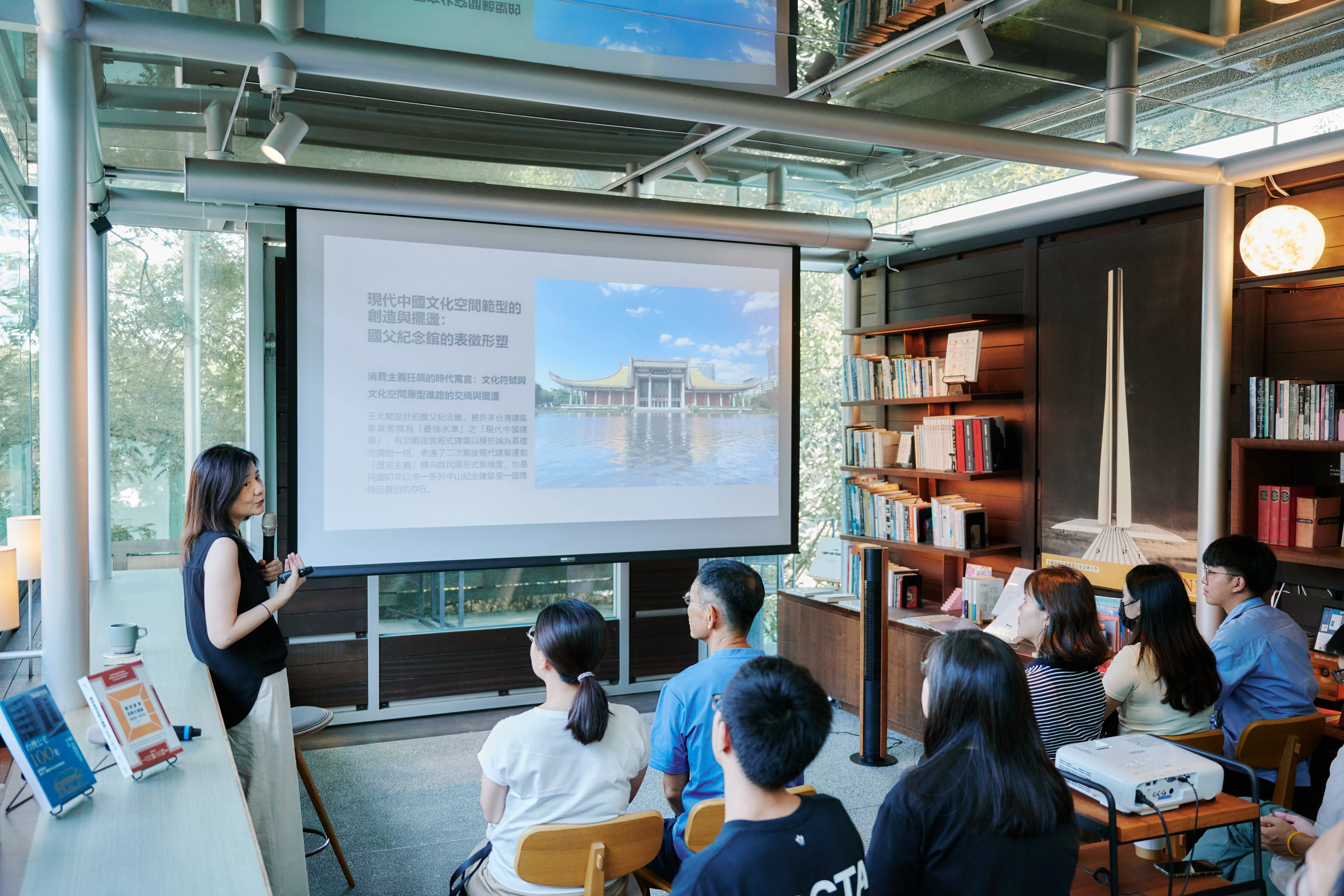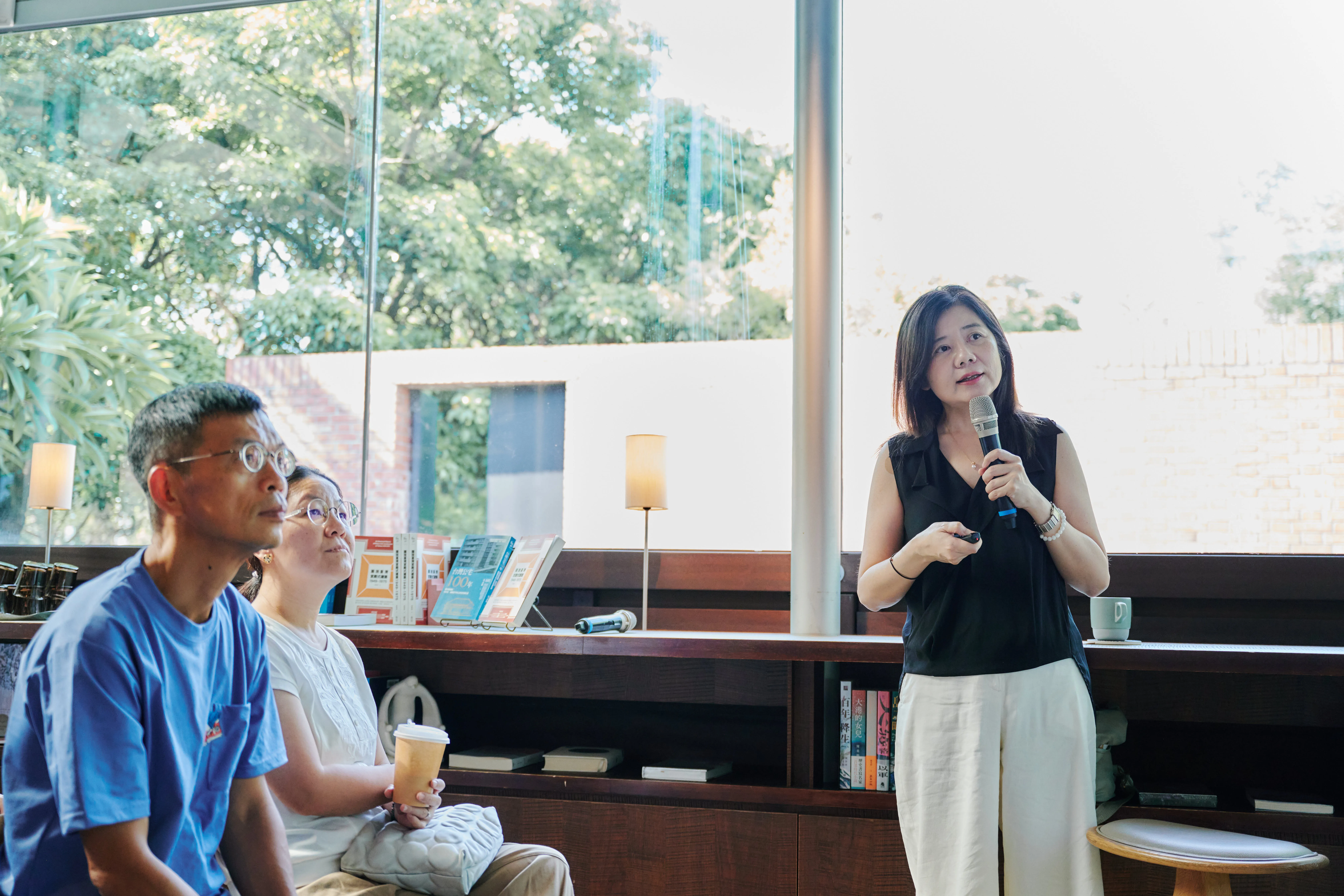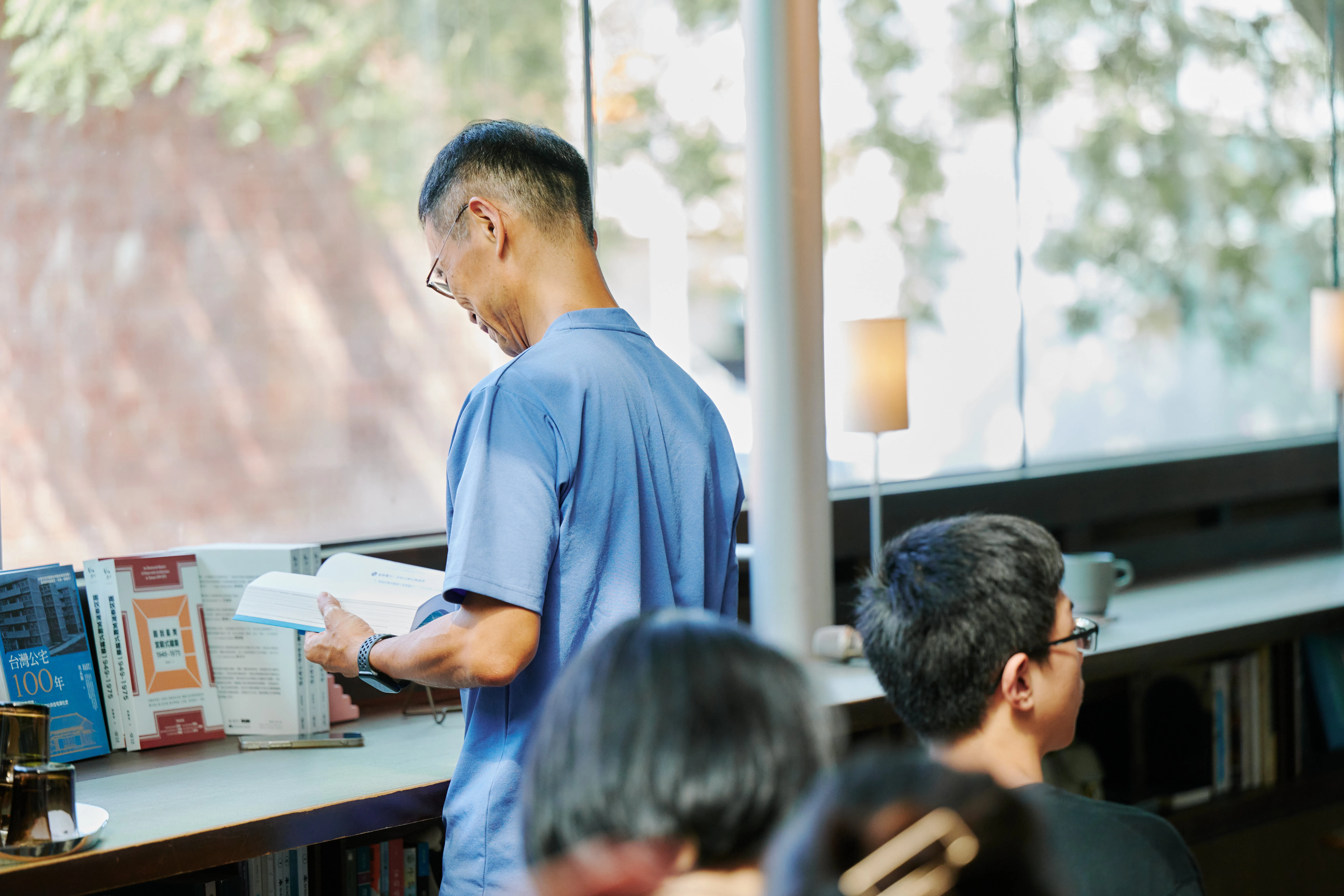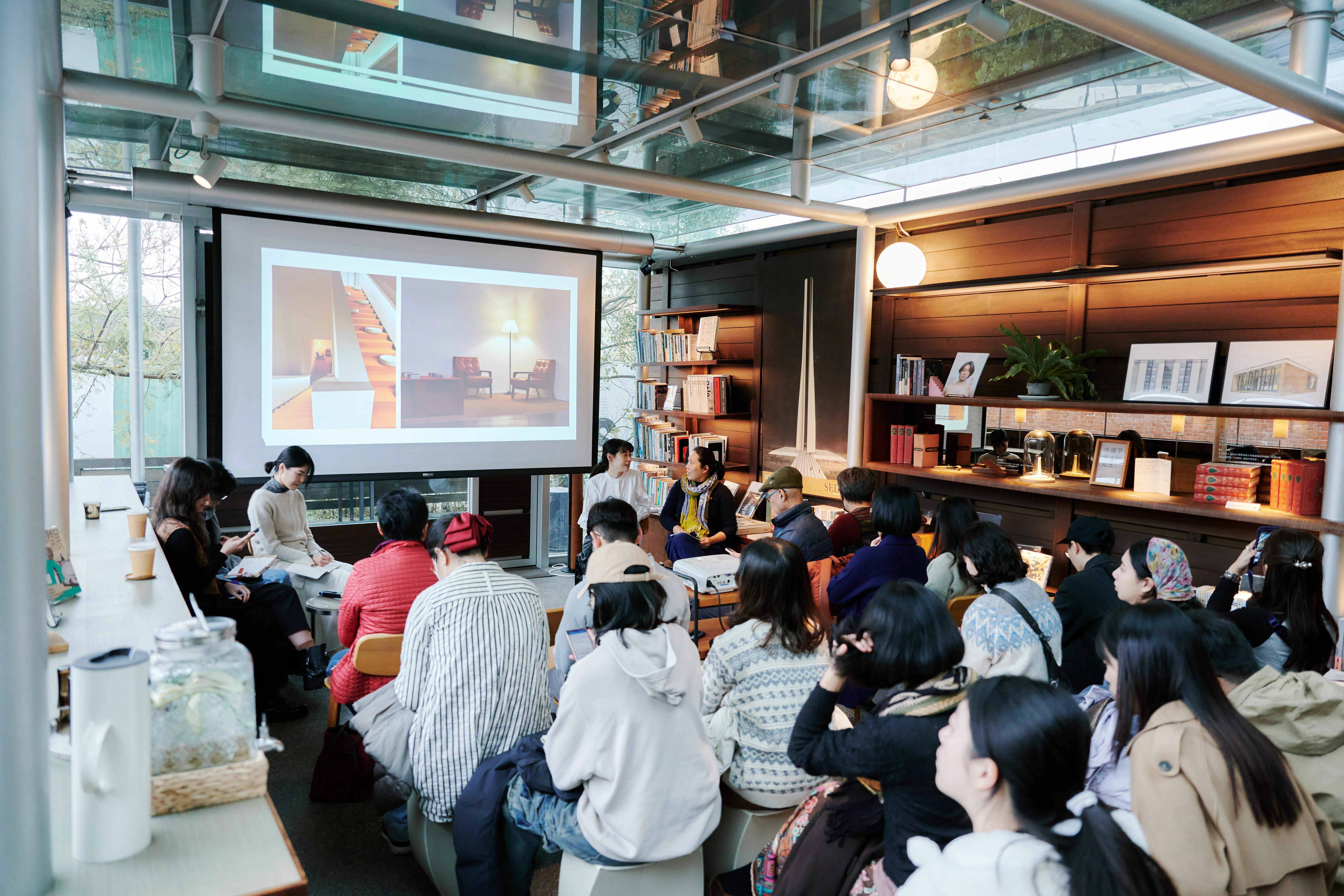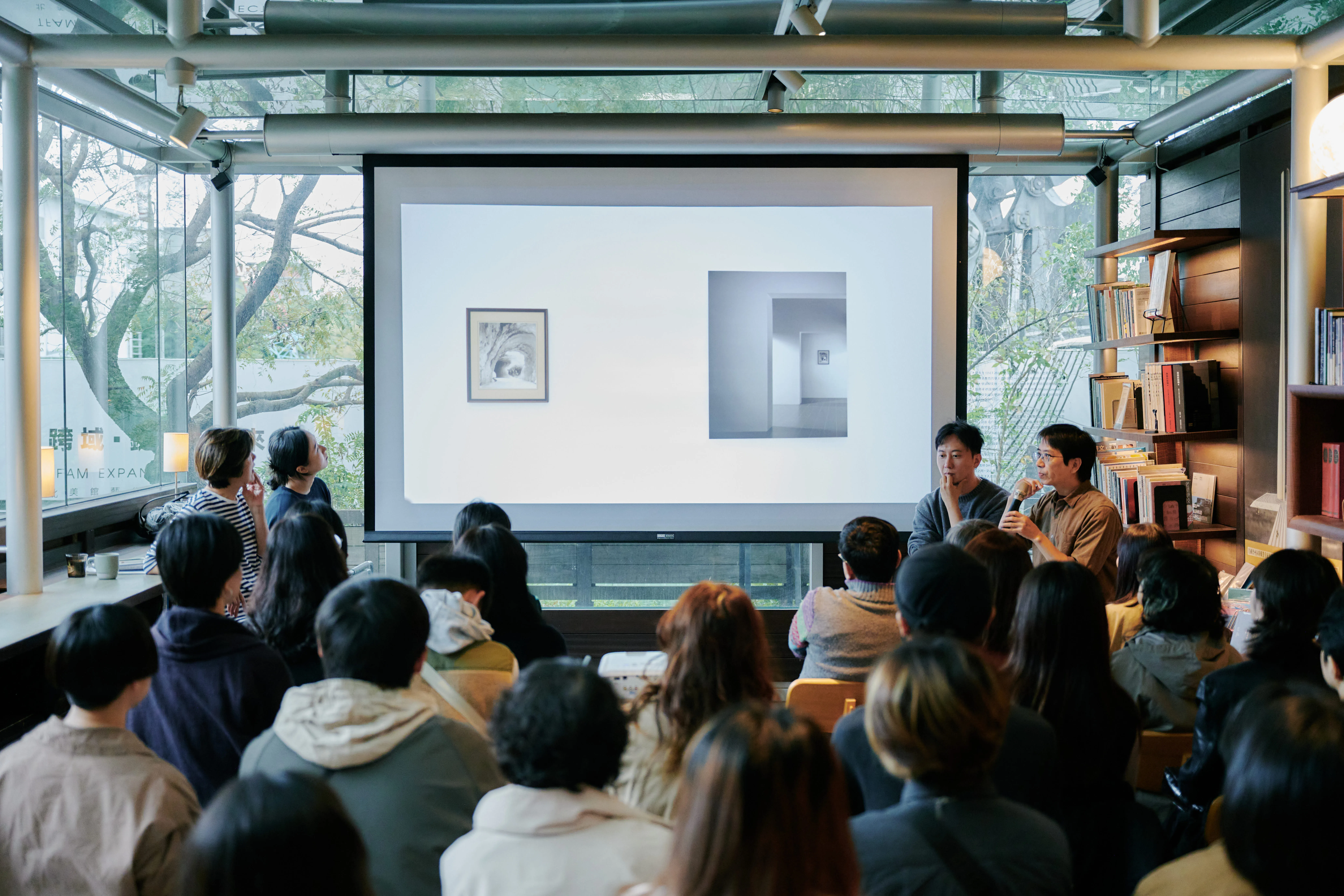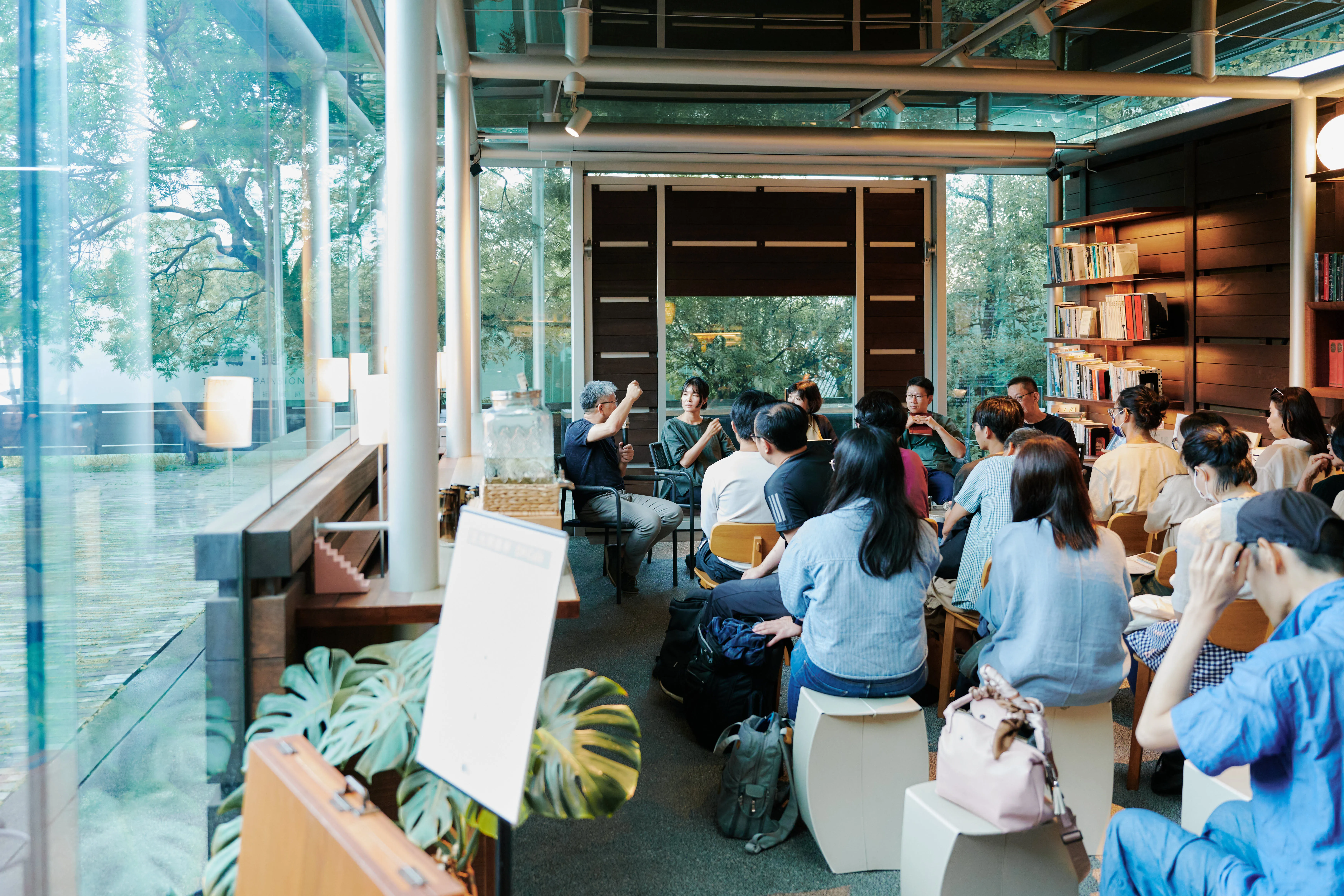
Architecture Salon| From the Other’s Gaze to Self-Reflection: Diverse Expressions of Modern Palace-Style Architecture in Early Modern China and Postwar Taiwan
Speaker
Jiang Ya-Chun, Associate Professor, Department of Architecture, Zhongyuan University/Author of “Illustration of Taiwan's Palace-Style Architecture 1949-1975”
Location
DH Café (No. 153, Section 3, Zhongshan North Road, Zhongshan District, Taipei City)
Fee
1 Purchase the new book “Illustration of Taiwan Palace-style Architecture 1949-1975” 580 yuan, a free drink voucher and free lecture.
2 No book purchase, admission fee is $200.
* Choose from Option 1 or 2
Introduction
The form of traditional architecture has different interpretations and interpretations in the eyes of Western missionaries, architects, and architects under the influence of modern nationalism. Through the exploration of different perspectives, one can reflect on the construction and modern direction of traditional culture. In this talk, the Cultural Arts Foundation invites Jiang Yajun, Associate Professor of the Department of Architecture at Chung Yuan University. Through his latest work “Illustration of Taiwan Palace-style Architecture 1949-1975”, he looks at the National History Museum and Nankai National Park, the National Palace Museum, and the National Father Memorial Museum, and more. In the course of the cultural revival movement, issues such as history and origin, Ming Tong ancient principles and customs, government and cultural traditions, the deep cultural space of the nation have been created.
Event Recap
Starting with his latest work, “Illustrations of Taiwan's Palace-style Architecture 1949-1975,” Professor Jiang Ya-chun opened an interesting discussion on the context of palace-style architecture. Compiling over more than 20 years of information gathered and the experience of teachers visiting abroad, the lecture focuses on how foreign missionaries and architects in the nineteenth century contributed to the birth of palatial architecture, how the national government nationalized it, and how modern people shaped their self-identity from the medium.
Initially, foreign missionaries who visited China, combined Western and local architectural forms and took materials on the ground, trying to build a localized church building in response to religious needs. The Adaptation of Chinese Architecture, written in the 1920s by the American architect Henry K. Murphy, was instrumental in the birth of modern palatial architecture. With the concept of “old bottled new wine”, Chinese buildings were built using Western techniques. China's first-generation architects were trained at the Beaux-Arts School and, faced with the international situation of the time, embarked on a path that emphasized the retro “Chinese architectural renaissance” — a trend that transformed Taiwan into a Chinese cultural revival movement years later, and modernized Chinese architecture. The exhibition extended to then Taipei.
For how different architects of the time shaped traditions, Professor Jiang used the work of Mr. Wang Dai Cheng as an example of the National Father Memorial Hall. This work is seen as an important change in the design of large buildings by Mr. Wang, which clearly presents the colors of structures and materials, embodies structural rationalism, while combining the former with local cultural symbols in an abstract way. With the initial design of the Emperor's Memorial Hall, the architect Wang not only created a model of a modern Chinese cultural space, but also put forward its parable of the new era. In addition, Wang Daizhi's South Road home was influenced by the “Core House” designed by Mies van der Rohe. The streamlined, molded floor plan was arranged to accommodate the subsequent addition of the family, embodying the prototype of Chinese cultural space that he developed gradually on the basis of the condominium, taking the form of Smith's “— “form-space”, transformed into “cultural form-space”.
Even though the National Father Memorial Hall became what people see today under a theoretical and practical compromise, after the case, Mr. Wang Dai no longer experimented with modern architecture in the form of large public buildings and instead responded to urbanism in other ways. But in this period of history we can glimpse how “mixed” and “broken” have guided attention to “transplantedmodernity.” Looking back on the context behind palatial architecture, extending to the development of modern architecture after the war in Taiwan, we hope that we can piece together the reflections of our own cultural space from shattered mirrors.
